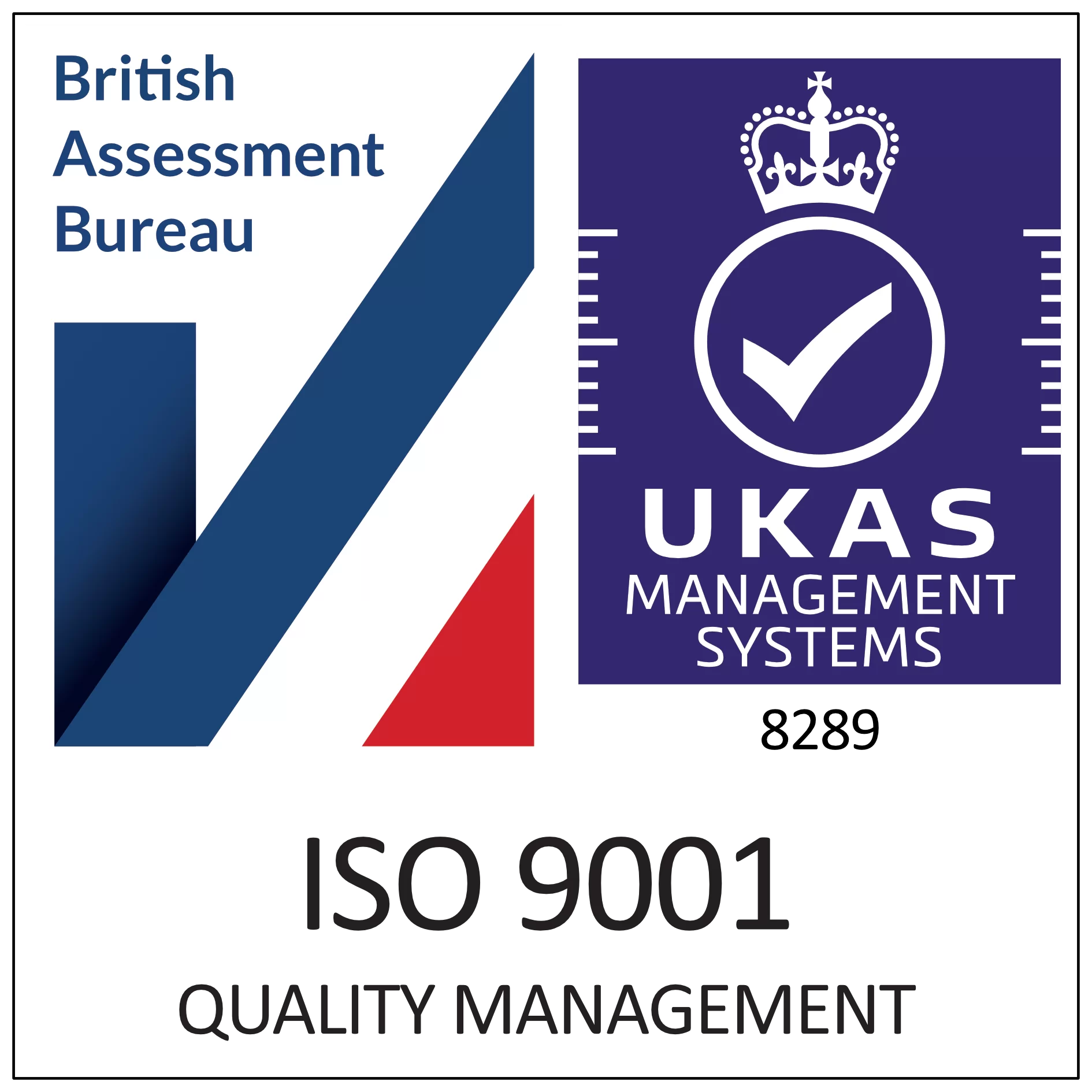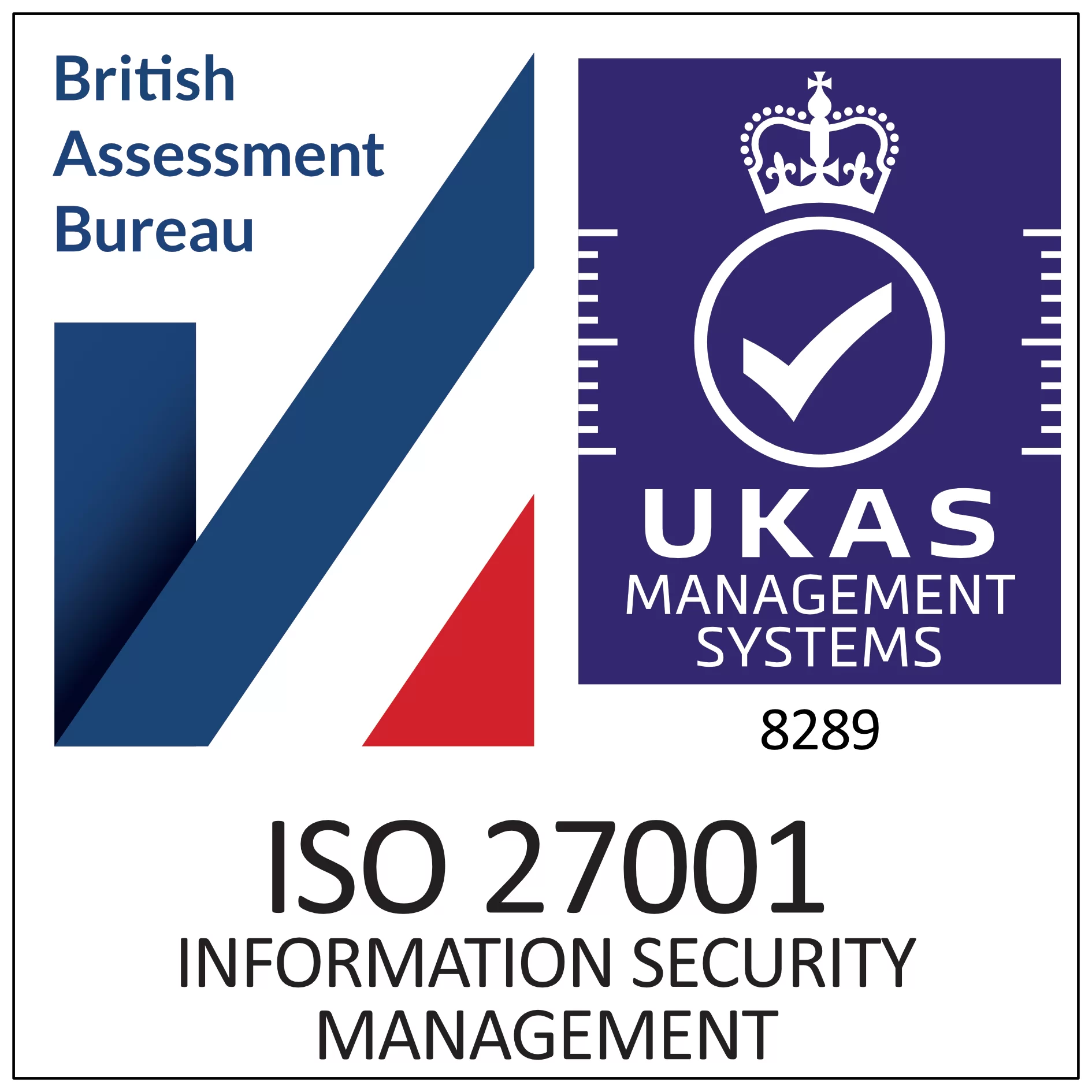Home | News & Insights |
The Cost of Paper: How Going Paperless can Skyrocket your Savings in 2024
Laura Cain
Marketing & Brand Manager
PUBLISHED
4th January, 2024
Since the COVID-19 pandemic, many organisations and businesses have seen the many benefits of going paperless and adopting eSignatures and digital document management solutions.
Increased productivity and the ability to send and sign important documents from anywhere on any device is a clear benefit. However, there are substantial cost savings to be had by eliminating paper-based processes in favour of a digital solution.
With 2024 fast approaching, you may already be looking at ways you can improve your business processes over the next year. Many businesses are now looking at ways they can become more sustainable, due to increased concerns about the impact that have on the environment. Going paperless is just one way that you can reduce your carbon footprint.
At first glance, the costs associated with paper might seem straightforward—purchasing reams of paper, printer ink, and filing cabinets. However, delving deeper reveals a more intricate web of expenses.
Consider the Additional Expenditures:
- Storage: Physical files demand space, and that real estate comes at a cost, especially in cities where businesses are likely to have offices. Leasing or owning office space dedicated to storing files incurs substantial overhead costs.
- Equipment and Maintenance: The initial cost of purchasing printers, copiers and other printing equipment is substantial. Additionally, these machines require regular maintenance, repair and occasional upgrades, incurring ongoing expenses.
- Waste Disposal: Discarding paper waste involves costs – both in terms of time spent on disposal processes and potential expenses for eco-friendly disposal methods, especially for sensitive or confidential documents requiring secure shredding.
- Productivity Loss: The time spent printing, filing, retrieving, and organising paper documents can be staggering. Employees’ productivity suffers when engaged in these manual tasks that could be optimised through digital alternatives.
- Postage: Businesses often need to physically transport documents and the costs related to shipping, postage services and internal logistics are rising. The cost-of-living crisis has seen cost increases in this industry, with the Royal Mail increasing the cost of first-class stamps by 14% in 2023, officially doubling costs of 2012.
- Rising cost of paper: Nippon Paper, a global paper manufacturer announced price increases by 15-25% in 2023 as a direct result of the pandemic, causing increased costs of raw materials and energy.
- Compliance and Security: Ensuring compliance with regulations regarding document handling and security can incur costs. Businesses might need specialised equipment or wastage services to maintain document security and comply with industry standards.
- Environmental Impact Costs: Though indirect, the environmental impact of paper usage can result in additional costs due to sustainability measures or environmental taxes imposed on businesses.
- Errors and Reprints: Mistakes in printed documents may require reprints, resulting in additional paper, ink and time costs. Error can also lead to wastage of resources which once or twice is small, but can be substantial over a period of time.
The Financial Benefits of Going Paperless
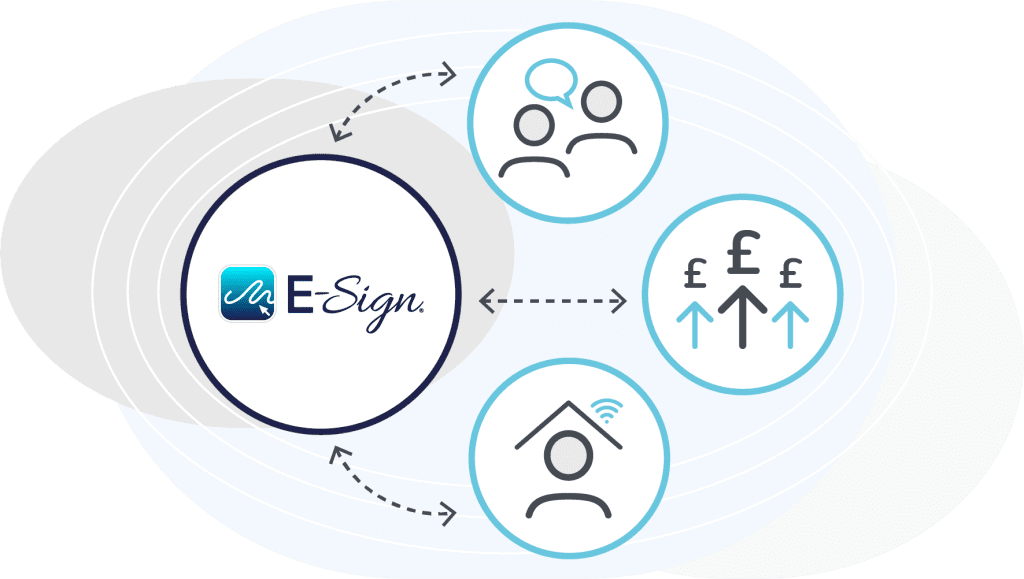
- Reduced Operational Costs: By eliminating paper-related expenses, businesses can witness a substantial decrease in operational costs. This includes savings on paper purchases, ink/toner replacements, storage infrastructure, and associated maintenance.
- Enhanced Productivity: Digital documents can be swiftly accessed, shared, and processed. Tasks like document searches, approvals, and collaboration become streamlined, boosting overall productivity across the business.
- Space Optimisation: The physical space previously dedicated to file cabinets and storage rooms can be repurposed for revenue-generating activities or transformed into collaborative workspaces.
- Remote Work Facilitation: Paperless systems enable remote access to documents, empowering employees to work efficiently from anywhere. This flexibility can reduce the need for physical office space, further reducing overhead costs.
- Improved Efficiency and Accuracy: Automated digital workflows reduce errors and redundancies inherent in manual paper-based processes. This leads to better efficiency and cost savings in the long run.
- Regulatory Compliance and Security: Digitisation allows for better control over document security and compliance. With encrypted files and access controls, businesses can mitigate the risk of data breaches and non-compliance penalties.
How to Transform into a Paperless Office
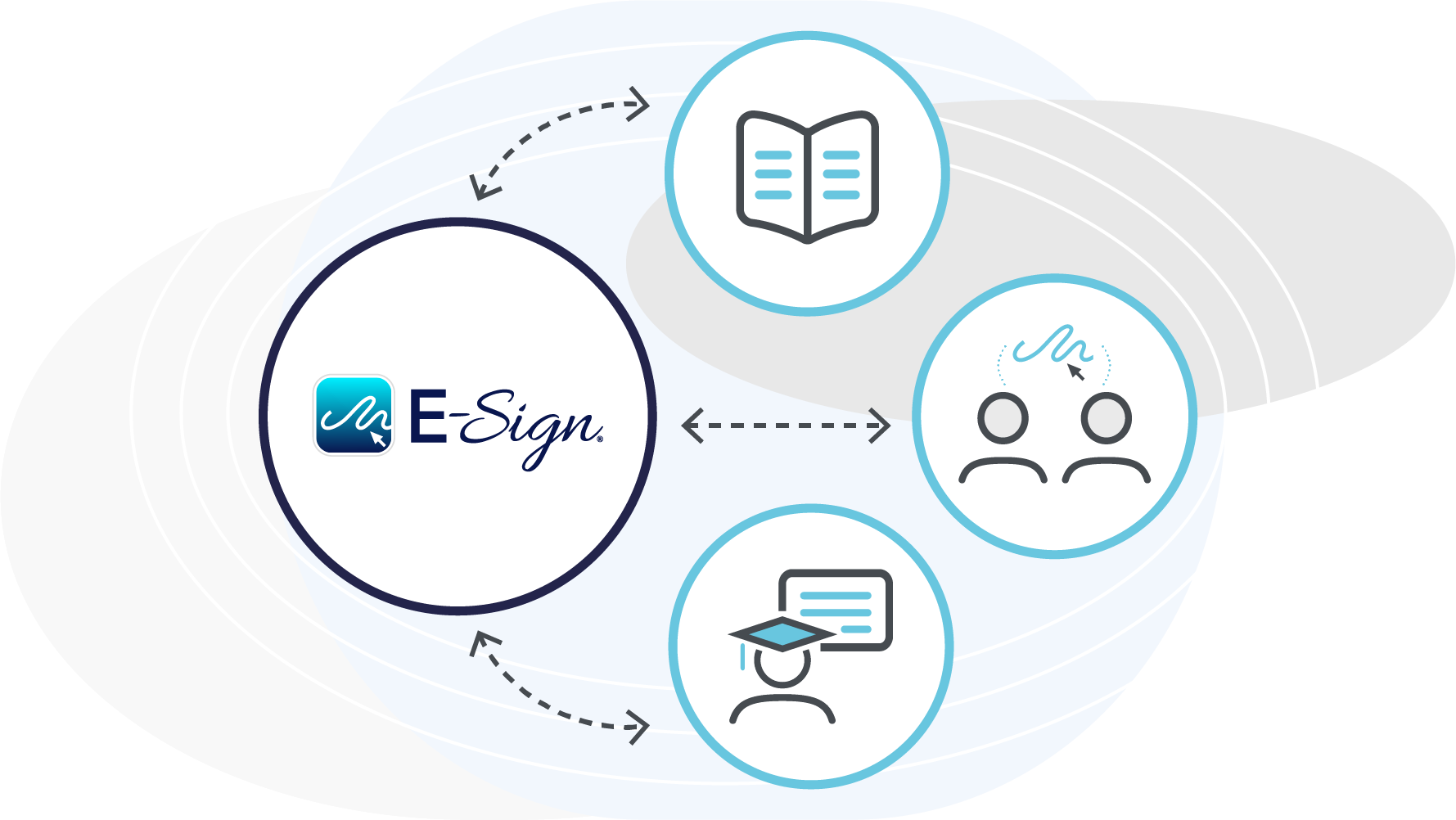
- Take leadership: It can be easy to continue down on a path that is convenient and that doesn’t require change across the business. When management take initiative while implementing a new process, employees can better understand, accept, and learn how to continue working with the new procedures. Having a dedicated person to lead the transition can ensure that it runs smoothly, especially in a large office where there are multiple teams affected.
- Create excitement with your team: It’s important when implementing any new changes across an organisation to get your team genuinely excited about it. You might hold a session to discuss the operational and productivity benefits of going paperless so that they better understand the reasons behind the change.
- Organise your paper documents and files: To get ahead of the game and ensure that the transition is as seamless as possible, its important to organise your paper documents and files before you begin using digital documents. Organising your paper documents and scanning what is needed to save a digital file will ensure that most of the physical work is done beforehand.
- Choose an eSignature and document management solution: Choosing the right provider for your new digital solutions is important. eSign is a leading provider of eSignatures and provides cost-effective digital solutions to businesses across all industries. We are also fully GDPR and eIDAS compliant and have the highest levels of security in place to ensure the security of your important documents.
- Implement training: When implementing new processes and procedures in the workplace it’s important to offer training to your employees on the new platforms. eSign provide free web-demos to teams as part of the onboarding process and have a library of User Guide’s and Video tutorials to ensure that learning how to use our easy-to-use interface is simple.
Do Digital Documents Have an Environmental Impact?
E-signing and sending out a digital document has a minimal impact on the planet but the hardware and energy required to do so can be bad for the environment. There are several factors that need to be considered when working out the carbon footprint of a digital document. You need a device, electricity, and storage to work with electronic signatures and digital documents. This makes the debate about the true carbon footprint of a digital document far more complex.

Adopting an electronic signature and digital documents doesn’t mean your business can get complacent. In the end, in order to get the most out of making this switch, you should still keep a watchful eye on your business’s tech and energy usage. This includes things like:
- Maximising the life span of your tech products
- Recycling tech waste properly
- Deleting unnecessary files
- Opting for green hosting
Why Choose eSign for your Digital Solution
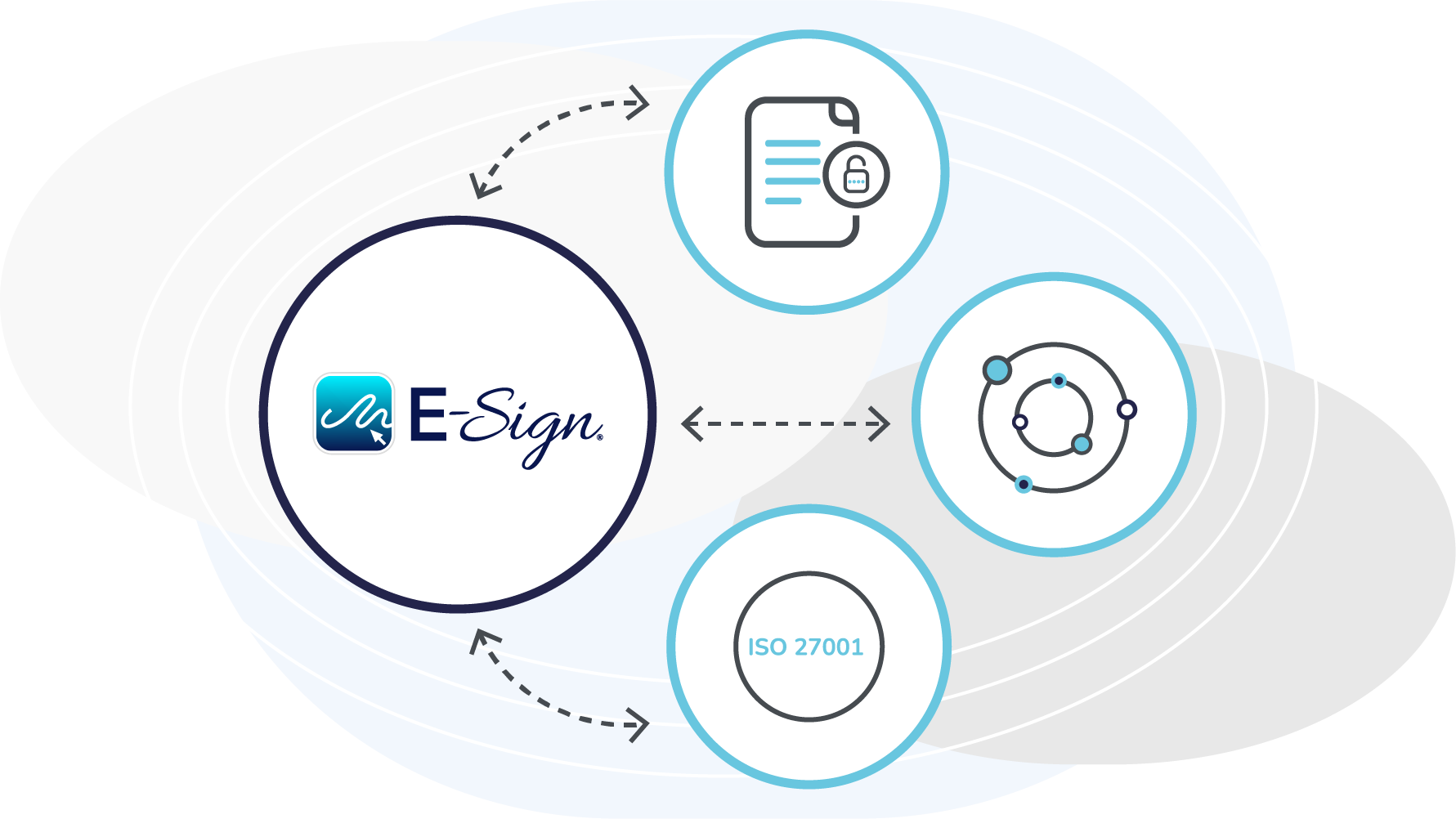
User Experience
Our commitment to an exceptional user experience is evident through continuous updates, new features, and improvements. We actively listen to customer feedback and adapt our platform accordingly. You’ll find an extensive library of user guides and videos to assist you in your eSignature process. Our pride lies in providing an easy-to-use platform that doesn’t require technical expertise.
Security
Security is at the core of our operations, and we ensure the protection of your vital data throughout the process. Operating from ISO 27001-certified data centres in the UK, we offer the highest level of data protection. You can benefit from a range of security features, including 2-factor authentication, single sign-on, and additional ID verification. We also Cyber Essentials Plus certified, highlighting the robust IT and security systems we have in place.
Integrations
E-Sign seamlessly integrates with leading platforms such as Microsoft Power Automate, Google, Salesforce, and HubSpot. This flexibility allows you to create customised workflows and automate your existing processes. You can explore our connectors to see how E-Sign can streamline your operations.
Commitment to a Sustainable Future
Our digital solutions provide businesses with the tools to meet their own sustainability goals are we are committed to achieving net-zero together. Our platform has a built in carbon counter so that you can see in real time how much carbon you are saving through using our platform. Also, E-Sign is committed to our own sustainable future as we have recently implemented a new carbon reduction plan to help reduce our carbon emissions and ultimately reach a net zero goal.
Compliance & Legal Standards
Our dedication to legal standards encompasses both domestic and international regulations. We stay up-to-date with evolving legislation, making certain that our platform remains compliant with the latest legal mandates. Our approach not only safeguards your documents from potential legal challenges but also ensures that you can confidently conduct business globally without fear of non-compliance. When you choose E-Sign, you’re selecting a partner that places the highest emphasis on compliance and legal standards.
Customer Support
Our customer support is second to none, with dedicated account managers ready to assist you. We’ve earned a rating of 4.2 on Trustpilot and received positive testimonials from satisfied customers. Here’s what one of our customers had to say:

“Using E-Sign has made our tenancy completion process so simple. You don’t have to be technically savvy to be able to use the platform and it doesn’t draw on any other ICT resources. Our tenancy agreements are signed within minutes and we’ve even had tenants comment on how easy it is to use the platform” – Mid Devon District Council

“The solution is simple to use, has a great management portal and the price met our expectations. We now use the product for our internal use and have recommended it and deployed it to our customers when we get requests for eSignature solutions. E-Signs ongoing support is excellent, and they are continuously improving and developing their solution” – 10-100
Conclusion
The financial advantages of going paperless are undeniable. By embracing digital transformation, businesses can substantially reduce operational costs, enhance productivity, improve efficiency, and bolster security.
The move towards a paperless environment not only aligns with environmental sustainability goals but also presents a strategic financial choice that can drive long-term success in today’s competitive business landscape.
 Facebook
Facebook
 X (Twitter)
X (Twitter)
 LinkedIn
LinkedIn


